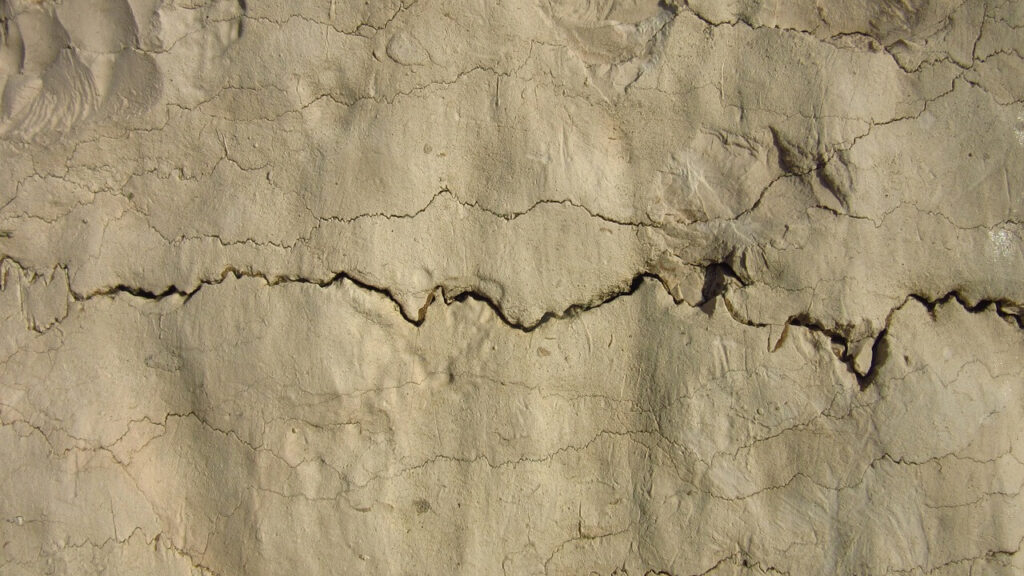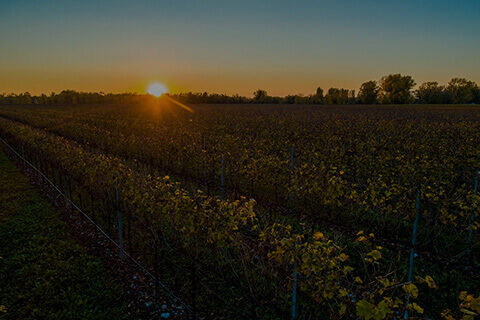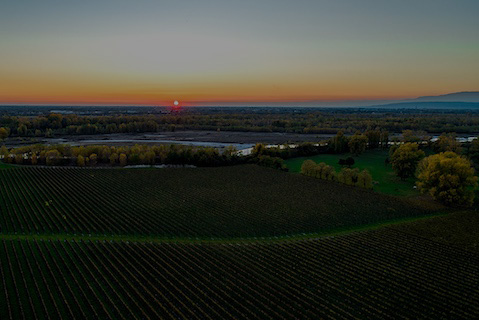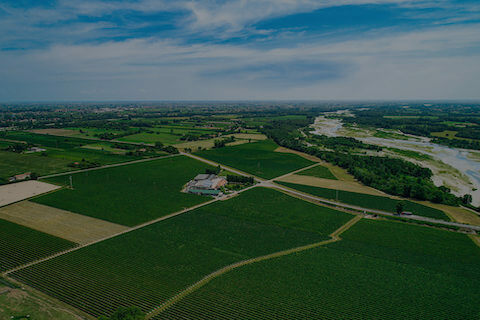Various aspects influence the final result of a wine, and among these are undoubtedly the type of soil on which the vineyard stands and the climate of the area.
The same grape variety, if found in two different soil and climate situations, can give wines that are also very different. There are soils in which a grape variety best expresses its potential, but in other areas it may not give the same results.
In this article we delve into the fascinating subject of the influence of soil on wine.
Let us begin with some preliminary considerations.
Some aspects of the soil
Aspects to keep in mind when considering a soil are, among others, its composition, texture, and acidity.
Composition refers to the mixture of elements -mineral and organic- that constitute it. Among the most common ones associated with viticulture are limestone, marls, clays and shales.
The texture of the soil concerns the size of the mineral particles that make it up.
Acidity -and alkalinity- affect the plants’ ability to absorb nutrients; acidic soils usually correspond to greater difficulty; soils with an alkaline tendency encounter less, and are often characterised by the presence of limestone. It should be remembered that a lower pH corresponds to greater acidity, while higher pHs tend towards alkalinity.
It should be pointed out that even in the case of soils with too much lime, plants find it difficult to draw the nutrients they need. However, the vine is a plant with great adaptive capacity and often prefers poor soils.
Limestone soils
We begin our journey into the influence of the soil on wine with limestone soils.

As the name suggests, these contain some calcium carbonate, which allows good productivity where the right amount of water is available.
Calcareous marl soils – marls are made up of mixtures of limestone and clay – give wines deep colours, intense aromas, good structure and richness of ethyl alcohol; they yield products of a certain finesse, with acidity that is not too high. If we want to identify certain areas where these soils are found, we can name the hilly areas of Emilia.
The calcareous-arenaceous soils, which contain higher percentages of sand, yield wines that are balanced and fine, but sometimes not predisposed to ageing. To find these kind of soils one moves to central Tuscany or the central and western areas of the Lucanian Apennines.
Soil texture: sandy, loamy, clayey soils
Taking our cue from the aforementioned sand, we move on to another aspect that influences the final wine product: soil texture.
Based on the size of particles, a distinction is made between ‘skeleton‘ and ‘fine soil‘. On the one hand, skeleton particles diameter is greater than two millimetres and are the classic gravel and pebbles. If, on the other hand, the size is less than 2 mm, we have sand, silt and clay in descending order.
Soils with a pebbly tendency, such as those we have at Tenuta San Giorgio, are suitable for the cultivation of vines as they are usually endowed with good permeability; they are also able to accumulate heat during the day and release it during the night, maintaining an optimal temperature for the plants. This results in wines of good quality, characterised by great aromas and good alcohol content; generally of medium structure.
Other gravelly soils are in the areas of the western Friuli Grave, also known as “magredi”.

If the component is mainly sandy, the resulting wines have fine and delicate aromas, are not rich in colour and have good acidity. As will be easy to guess, one finds oneself in these cases in coastal areas. An interesting Italian example are the Vini delle Sabbie (Sand Wines), so called precisely because the vineyards stand on unusually sandy soils in the Po Delta area.
If the soil is predominantly clayey, it is often suitable for growing black grapes. The colours of the resulting wines are intense, the bouquets complex, the ethyl alcohol abundant. The wines are soft and also suitable for long ageing. An example of soil with a clay component is the Romagna plain.
Clay is a fairly permeable substance, but where there is too much of it, water can no longer filter through and stagnation occurs, with negative consequences for vines and crops in general.
Acid soils
The acidity of the soil was previously mentioned. Does this factor also determine the final result of a wine? Yes, it does! The wines have great freshness, elegance and olfactory finesse. The colours are lively although not extremely intense, the alcohol is moderate and the structure medium to light.
Volcanic soils
A further category according to which soils can be classified is their genesis.
Of interest for the purposes of our analysis are volcanic soils, i.e. soils derived from materials erupted by volcanoes. These usually give wines light mineral hints, and their high acidity gives freshness and longevity. On the whole, balanced products are obtained.
It is not necessary to specify that these soils are found on the slopes of famous volcanoes such as Etna or Vesuvius; however, it may be surprising to know that there are also some in areas such as Terlano in Alto Adige, Soave in Veneto, or the Euganean Hills, also in Veneto.

The importance of awareness
Considering how considerable the influence of the soil on wine can be, it is essential to be aware of one’s territory and the places where one’s vines grow. An excellent wine product certainly derives from good work in the cellar, but work in the countryside is just as important, and knowledge of the terrain is a starting point that cannot be ignored.






